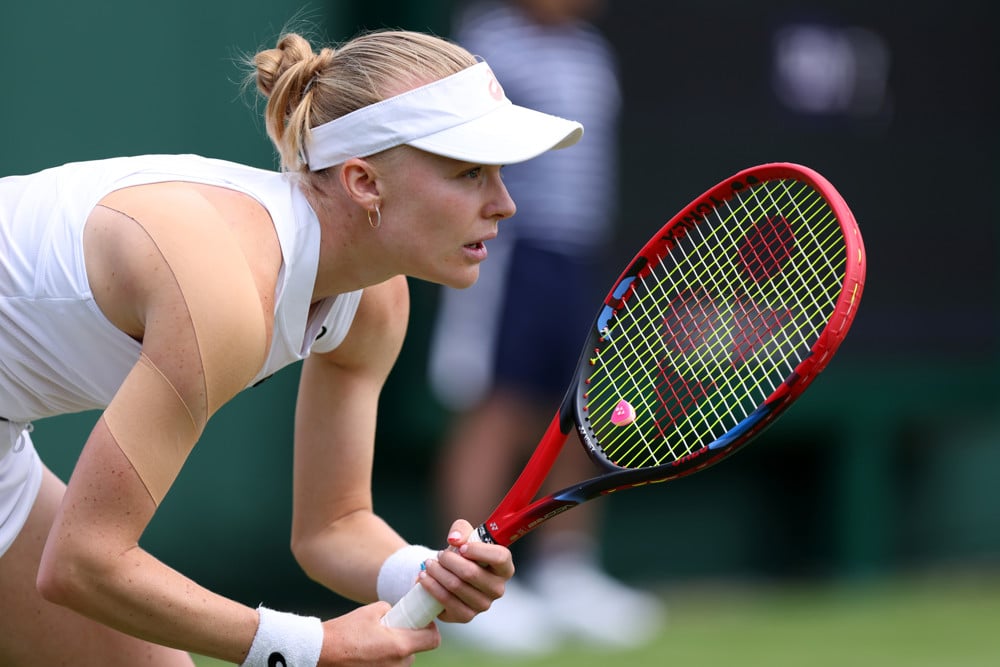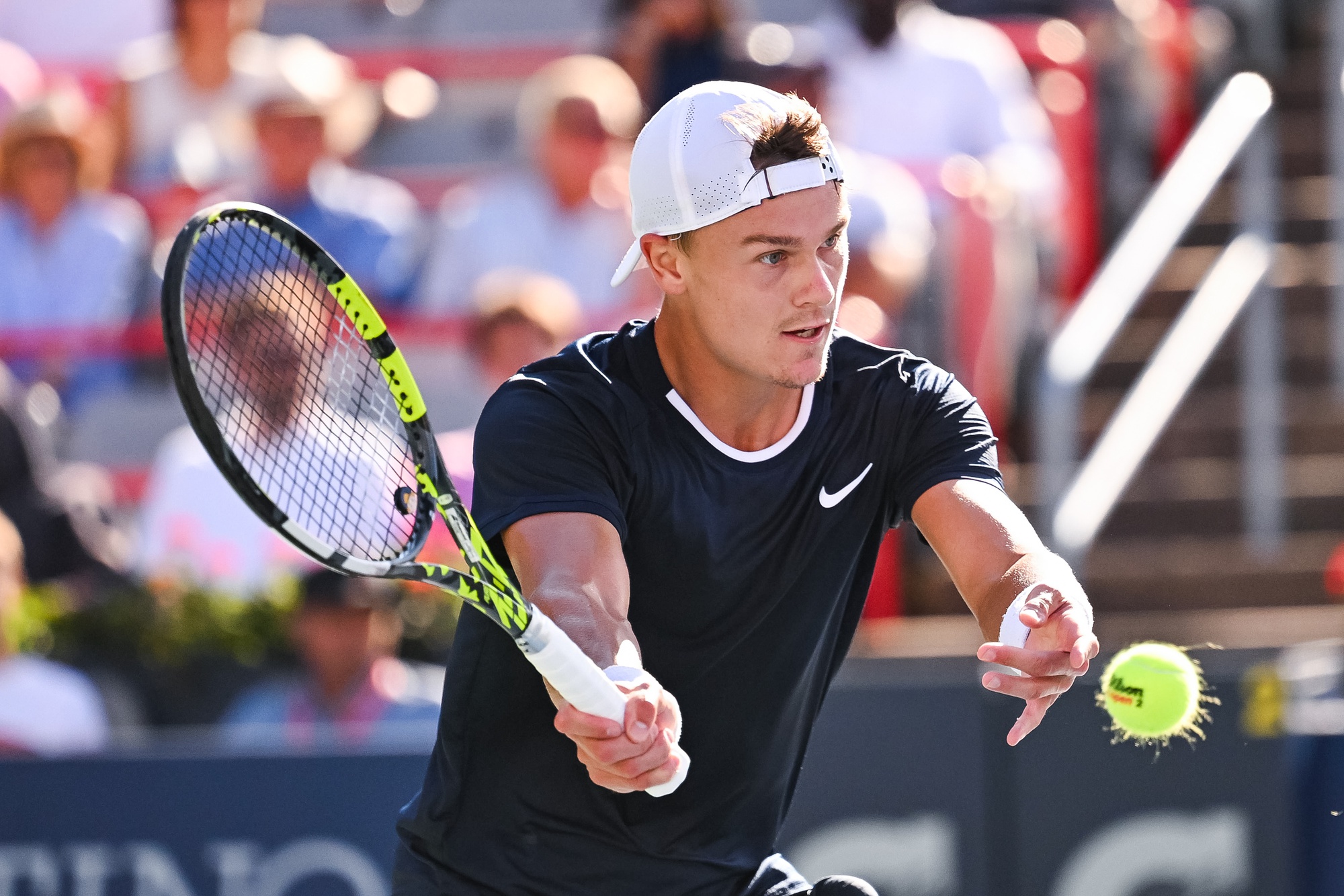Tennis Predictions Are Based Upon The Conditions And The Surface Of The Court.
When making predictions about tennis It is crucial to understand the conditions and surface. You can use these ten strategies to get a better analysis: Surface Preferences – Different players perform better on different surfaces. Clay experts may struggle on grass while hardcourt players might find the clay courts too slow. Always consider the previous performance of a player on the surface to be used for the match.
Even within the same surface, the speed of the court can differ. Faster courts (like grass, and some hard courts) favor large servers and players who are aggressive, while slower courts (like clay) benefit baseline grinders and players with a lot of stamina.
Different surfaces have different effects on the bounce of a ball. Clay courts are known to produce high bounces, which can be useful for players with high levels of topspin. While grass courts bounce less, making them ideal for players who are flat and for serve and volley players.
Weather Conditions: The weather can alter the playing conditions in a dramatic way. Temperatures that are high can cause the ball to accelerate its flight, while humidity may cause it to slow down. The effects of wind on timing can favor players with greater adaptability.
Indoor vs. Outdoor: Indoor conditions eliminate factors like sun and wind and sun, making the game more predictable, favoring players with strong precise shots. Outdoor matches however require greater flexibility to weather conditions.
The ball will fly higher and bounce more in areas of high altitude (like the ones found in South American tournaments). This is due to the thinner air. This can be an advantage for players who are aggressive, strong servers and tournaments that are played at higher altitudes.
It is possible that players have trouble transitioning from one surface to another particularly during the initial stages of tournaments. When making predictions, consider how recently the player has changed surfaces.
Specific conditions for tournaments. Certain tournaments have specific features, for example, balls that are specific to the tournament, changes in court speed or altitude. Knowing these particulars will give you an edge in predicting outcomes.
On slower surfaces, like clay, matches tend to last longer and are favorable to players who have greater stamina. On the other hand, surfaces that are faster can lead to shorter rallies or quicker points.
The ability to prepare and adapt Some players can quickly adjust to new surfaces while others take longer. Review the history of the player’s previous experience of adjusting to changes in surface particularly in the early stages of the tournament.
By factoring in these factors related to surface and conditions, your tennis predictions are more accurate and give you a greater understanding of how games could take place. Have a look at the recommended tennis Predictions Today Straight Up for site recommendations including predictions 365, sure wins today, betting odds for tennis, daily bets, todays matches and predictions, sure win and prediction, tennis betting tips, to day prediction, today prediction, experts tips and more.

Tennis Predictions Are Influenced By The Specifics Of The Tournament.
When making tennis predictions, understanding the tournament context is essential. Ten points to keep in mind Preference and Tournament Tier – Players tend to prioritize certain tournaments. Grand Slams or Masters 1000 events usually see the top players in their prime. But, tournaments with lower tiers could see fewer players.
Defending points: Those who performed well at the tournament of last year are required to defend their ranking points, which could be motivating. Players with fewer points are more likely to be less stressed.
Think about the player’s motivation. If a player’s motivation is driven by a ranking goal, the last-minute bid for the title, or an impressive comeback, they might be present at certain tournaments.
Surface Suitability Some tournaments, such as Wimbledon and Wimbledon Fast is renowned for their particular surface conditions. The players who have an athletic game that is suited to the conditions will often perform well.
Home Advantage – Players tend to be more successful when playing in the country or area they call home. The support of the local community can improve confidence in players and performance.
Determine how robust the draw determines how strong the draw. If the draw is very top-heavy, with several elite players in one section can cause early upsets, and a weaker draw could permit lower-ranked players to progress further than they normally would.
Player Form Prior to the Tournament: Examine the way a player performed prior to the tournament. There is a higher likelihood that players who have enjoyed a successful run in recent weeks will continue to follow this course.
The amount of match play and fatigue Check out the most recent matches on a player’s schedule. A heavy match load leading into the tournament can cause fatigue, while too little match play might suggest that a player isn’t fit for the task.
The history of the tournament: Some players are renowned for their impressive performances at certain tournaments, regardless of whether it’s because of favorable conditions or location. It is also possible that they just have a preference. Review their previous performances at the event.
Round-by-round Performance: Some players begin their tournaments with a slow pace however, they improve as they advance. Other players can perform very well in the beginning of tournaments but fall behind in later rounds. Knowing these patterns can aid in predicting outcomes at different levels of the competition.
By factoring in these aspects of the tournament’s context, your tennis predictions are more informed and more likely to accurately reflect the dynamic of the sport. See the top rated APT Tennis for website advice including us open tennis odds, wta odds, sport prediction, tennis experts picks, tennis set betting, sure win prediction today, daily bets, prediction sure win today, tennis sports betting, best picks and more.

Tennis Prediction Tips: Weather Conditions
The weather can have a significant impact on tennis games. You should factor it into your predictions. Ten tips to help you incorporate weather conditions in your analysis.Wind Impact: The impact of the wind can affect a player’s groundstrokes and serve in favor of players who are better in coping with gusts of air or possess the ability to consistently hit. Review wind forecasts and analyze how each player’s performance is affected by the conditions of wind.
Temperature Effects: Extreme temperatures can impact endurance and their performance. People who have experience in similar climates and have performed well in hot or freezing conditions may be at an advantage.
Humidity Levels: High humidity can cause the air to feel heavier, affecting the speed of play and stamina of players. Consider how players will handle these conditions in areas with high humidity.
Rain and Court Conditions: Rain can lead to delays and impact court conditions especially on clay, courts, which can be muddy and slow. On grass rain can make the surface slippery and unstable. Consider how each player will adapt to the new conditions of the court after rain.
Altitude – Matches at higher altitudes, such as the ones in Bogota and Denver could result in a ball that is faster or bounces higher. They might be able to get an advantage if they’re familiar with these conditions and are experienced in high altitudes.
Direct sunlight is distracting and may affect the player’s eyesight. Certain players perform better when they are in shade or indoor conditions. Analyze the way players handle sunlight and shade. This is crucial if you are playing during times of prolonged sun exposure.
Weather Forecasts: Keep up-to-date with the most recent weather forecasts. Sudden changes in weather conditions can affect the game Knowing the forecast for the day of the game helps in predicting how conditions could change.
Surface Drainage Different surfaces respond differently to weather conditions. For example, clay courts can retain water, making them slow and more challenging post-rain while hard courts typically drain more efficiently.
Examine the adaptability of a player. Certain players are known as being able to adapt and adapt their game no matter the conditions.
Historical performance in weather conditions: Look at how players have historically performed under similar conditions. You can draw on a previous player’s performance to determine how he’ll perform under current weather conditions.
These weather-related factors will help you improve your tennis forecasts by taking into consideration the effect that different weather conditions can have on player performance and the final outcome of the match.
